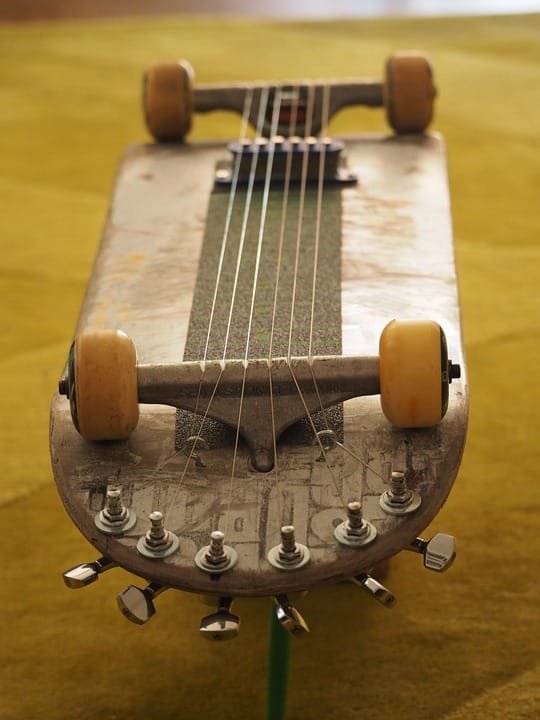The Problem: Fast Fashion’s Dark Side
As I’ve delved deeper into the world of sustainable fashion, I’ve come to realize that the process of creating, consuming, and discarding clothes has a devastating impact on the environment and our communities. But there’s hope – by understanding the issues surrounding fast fashion, we can adopt more conscious consumption habits and reduce our ecological footprint.
A Closer Look at Fast Fashion’s Dark Side
Fast fashion is a behemoth of the fashion industry, with an estimated 12.8% increase in global textile production between 2017 and 2020. This frenzied production cycle has severe consequences:
Environmental Impact
- The textile industry is the second-largest polluter in the world, emitting more greenhouse gases than international flights and maritime shipping combined.¹
- Production and disposal of fast fashion contributes to 3.5 million tons of discarded clothing, harming ecosystems and releasing microplastics into our water systems.²
- The raw materials used to produce fast fashion, such as cotton, are often grown with intensive pesticides, deforestation, and water extraction.³
Social Impact
- Over 80% of garment workers worldwide are women, often subject to poor working conditions, long hours, and low wages.⁴
- The pressure to produce rapidly and cheaply has led to widespread labor abuses, including exploitation and child labor.⁵
- As fast fashion consumes resources, indigenous communities and traditional industries are dispossessed, further exacerbating social and environmental injustices.
The Birth of Sustainable Fashion
In recent years, sustainability has become a buzzword in the fashion world. But what does it mean to adopt eco-friendly practices?
Eco-Friendly Materials
- Look for certifications like Organic Cotton, Hemp, and Bamboo, which ensure reduced environmental harm.
- Reputable brands like Patagonia and Everlane prioritize environmental responsibility, choosing sustainable materials for their products.
- [Visual: Image of eco-friendly material production process, e.g., organic cotton farmers]
Slow Fashion
- Adopt a capsule wardrobe approach: invest in high-quality, timeless pieces that avoid the constant rush of fast fashion.
- Opt for second-hand shopping, rentals, or collaborations with local makers to reduce production waste.
- [Visual: Infographic comparing fast fashion consumption vs. slow fashion]
Upcycling and Repurposing
- Get creative: turn old clothing into new pieces, like patchwork quilts or accessories, to reduce waste.
- Designers like Reformation and Gucci have experimented with upcycling, offering innovative solutions.
- [Visual: Image or video of upcycling in action]
Thrifting and DIY
- Thrift shopping can be an exciting adventure! Discover unique finds and give second-hand clothes new life.
- DIY projects can breathe new life into old pieces, extending their lifespan and saving resources.
- [Visual: Image of someone thrift shopping, with a tip box in the corner]
Maintaining Clothes for a Sustainable Future
- Wash clothes according to care labels to reduce environmental impact.
- Repair and alterations can extend clothing lifespan, rather than discarding and replacing.
- [Visual: Image or video of easy DIY repairs or alterations]
The Power of Choice
The sustainable fashion journey is not without its challenges. But by becoming more aware of the impact our choices have, we can begin to make changes. Here’s how:
- Do your research: Learn about your favorite brands, their production methods, and eco-friendly initiatives.
- Buy second-hand: Thrift shopping, swap meets, and online marketplaces can be great sources for gently used items.
- Support sustainable designers: Look for certifications like Higg Index and Environmental Impact to ensure responsible production practices.
- Donate and recycle: Pass on clean, gently used items to loved ones or designated charity programs. Recycle old items responsibly.
As I’ve continued on this path, I’ve discovered the rewards of sustainable fashion: a renewed sense of responsibility, a wardrobe that reflects my values, and a community united in the quest for a better future.
Frequently Asked Questions
Q: What’s the difference between fast fashion and slow fashion?
A: Fast fashion prioritizes speedy production and affordability, often using cheap materials and labor practices, whereas slow fashion focuses on sustainability, quality, and timeless pieces.
Q: How can I get started with sustainable fashion on a budget?
A: Start by incorporating thrift shopping, buying second-hand items, and researching affordable eco-friendly brands. Create a capsule wardrobe with timeless, high-quality pieces.
Q: Can I make a difference if I’m just one person?
A: Every choice counts, and collective change begins with individual actions. Your decision to opt for sustainable fashion can inspire others to do the same.
¹ Ellen MacArthur Foundation, A New Textiles Economy: Redesigning Fashion’s Future
² Ellen MacArthur Foundation, The Circular Fibre Initiative: Accelerating Change in the Fibre Industry
³ Textile Exchange, Who Cares for the Future: Sustainable Cotton Guidelines
⁴ Clean Clothes Campaign, Garment Workers’ Experiences: Forced Labor and the Need for Accountability
⁵ Human Rights Watch, "Forced Labor" in the Indian Garment Industry








Leave a Reply